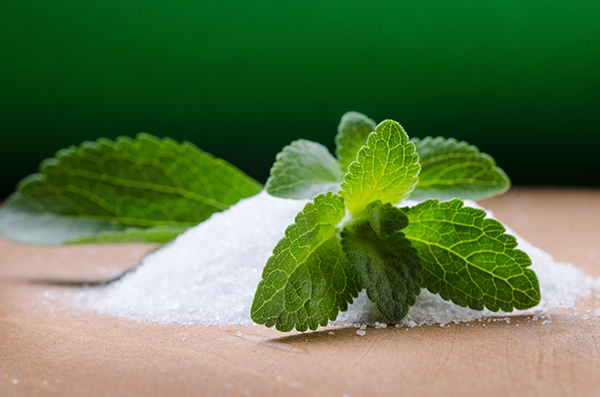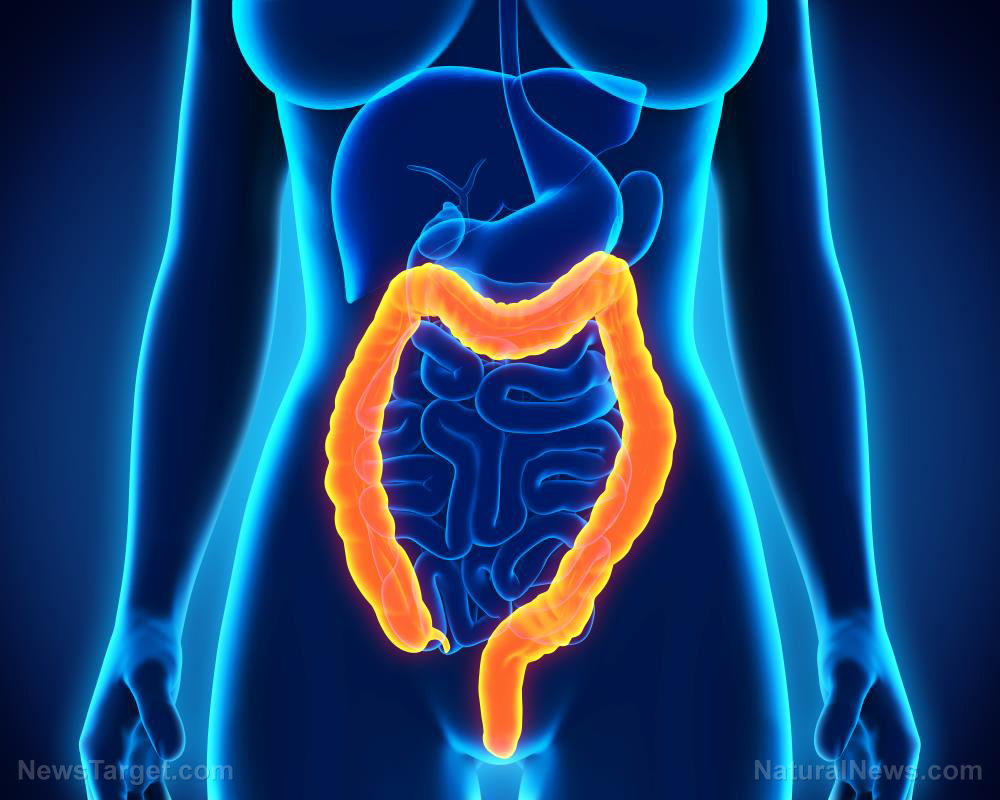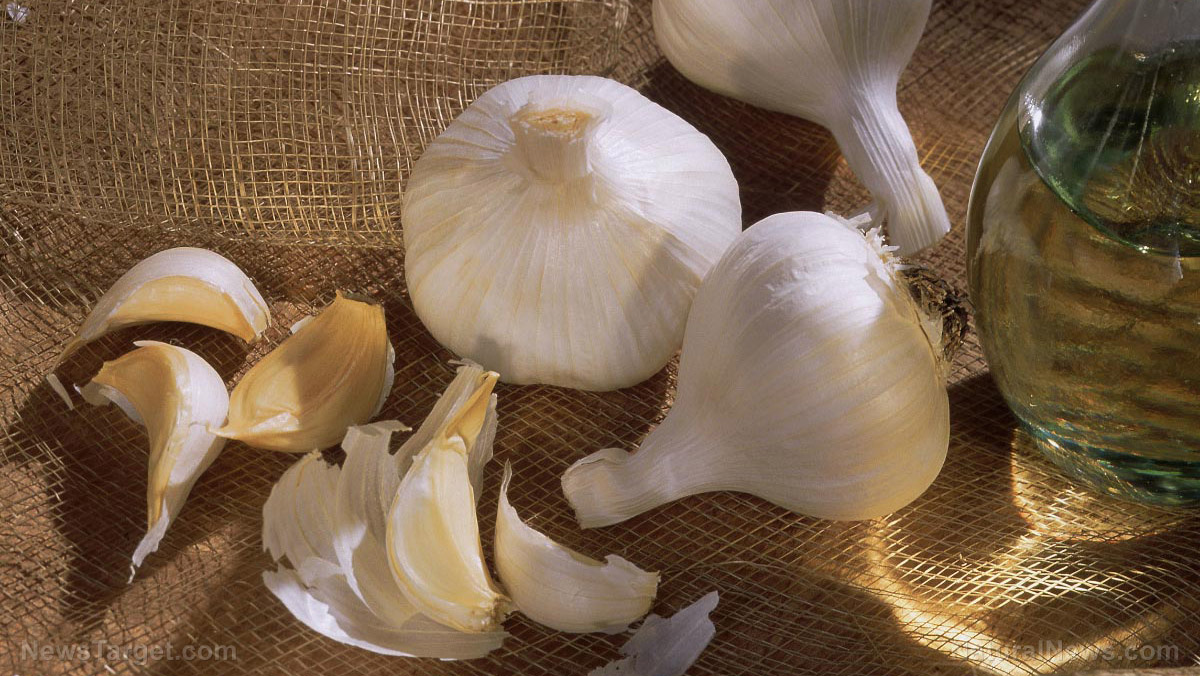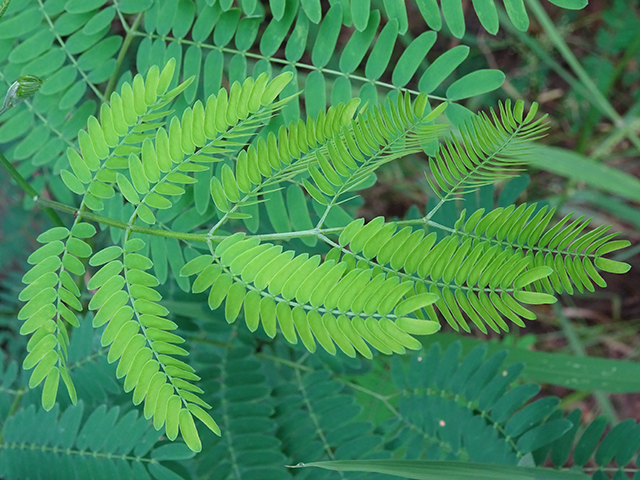Efficacy of TCM can be improved with better molecular delivery methods
10/17/2019 / By Evangelyn Rodriguez
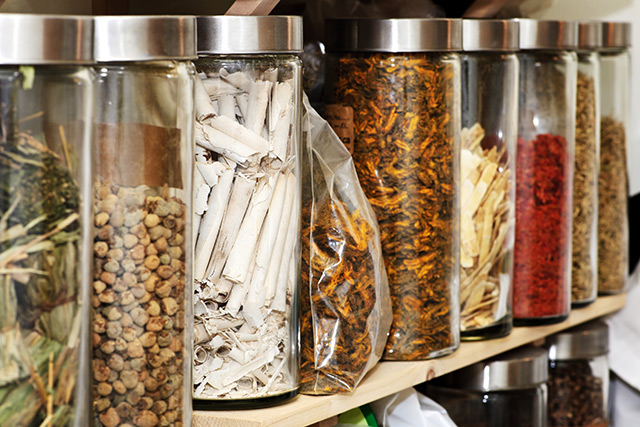
The herbs used in traditional Chinese medicine (TCM) are known for their abundance in active compounds that show greater efficacy than most conventional medicines. These beneficial components give TCM their medicinal properties, which make them useful in the prevention and treatment of various diseases. However, promising compounds such as bioactive glycosides are hindered by their chemical nature and cannot be fully utilized without the help of suitable molecular delivery systems.
In an article published in The American Journal of Chinese Medicine, researchers from Shanghai University of Traditional Chinese Medicine discussed recent advances in the development of efficient delivery systems for these compounds in the hopes of aiding research that aims to promote the use of bioactive glycosides in clinical settings. They believe that these compounds are the ideal drug candidates for the effective treatment of serious health conditions.
What has been accomplished so far
According to research, the potential of bioactive glycosides to treat or prevent diseases is hindered by three things: poor solubility, poor stability, and rapid elimination. Plant glycosides have different chemical structures and are credited with having numerous biological activities. Some of these activities that benefit human health include:
- Antioxidant
- Anti-cancer
- Anti-tumor
- Anti-inflammatory
- Hepatoprotective
- Anti-diabetes
- Anti-viral
- Anti-bacterial
- Anti-fungal
Because of their great potential, researchers see a need to address the problems that limit the utility of bioactive glycosides promptly and efficiently. (Related: This traditional Ayurvedic medicine is one of the more powerful natural anti-inflammatory remedies out there.)

|
Discover how to prevent and reverse heart disease (and other cardio related events) with this free ebook: Written by popular Natural News writer Vicki Batt, this book includes everything you need to know about preventing heart disease, reversing hypertension, and nurturing your cardiac health without medication. Learn More. |
Drug delivery systems offer a possible solution to these problems. Design strategies for drug delivery systems revolve around two things: the avoidance of physical barriers, which is facilitated by changing dosage forms, and the enhancement of a compound’s ability to bind to receptors or proteins after administration. Some practical design strategies and novel delivery vehicles based on drug delivery systems can provide favorable support for bioactive glycosides.
Recent studies suggest that bioactive glycosides can be used to treat intractable diseases via targeted drug delivery. However, problems also arise from combining bioactive glycosides with certain drug delivery vehicles. Because of this, the focus of current research is on addressing these challenges first.
The researchers concluded their review by reiterating their hope to one day find a suitable drug delivery vehicle for bioactive glycosides, as these compounds show great potential in treating many chronic diseases.
Drug delivery systems for components of traditional Chinese medicine
Targeted drug delivery is used to enhance the concentration of a drug in specific locations inside the body. This method is facilitated by micro- or nano-sized particles, which serve as conduits of the drug inside the body. Targeted drug delivery is achieved by first attaching drug molecules to the surface of small particles or by enclosing them inside vehicles. Then, molecules that target site- or cell-specific receptors (e.g., on liver or kidney cells) are attached to the drug-vehicle conjugates to ensure that they end up exactly where they need to be. This drug delivery system has drastically improved all kinds of clinical therapies, most notably cancer therapies.
Over the past decade, a similar strategy has been proposed to enhance the effectiveness of TCM further. Several studies have attempted the targeted delivery of TCM compounds using various means. In a 2013 study, a team of Chinese researchers proposed the use of drug-loading micro-particles to allow the controlled release of TCM compounds. They believe that this type of drug delivery system can promote better absorption and improve the drug’s stability.
Researchers have also explored the use of liposomes as drug vehicles for TCM compounds. Liposomes are spherical and are made out of the same components as cell membranes. Because they occur naturally, liposomes do not cause toxicity and are able to get inside cells with ease, making them very attractive delivery vehicles for TCM. Other vehicles that have been proposed for targeted TCM delivery include solid lipid particles, cyclodextrins, and micelles. Cyclodextrins are produced from starch via conversion using enzymes, while micelles are an aggregate of molecules — usually polymers — in a colloidal solution that can protect loaded drugs from stomach acids, release them in a controlled manner, and prolong their residence time in the gut.
Drug delivery systems can increase the effectiveness of TCM and address some of its limitations. However, a suitable delivery vehicle is yet to be established, and studies are still ongoing.
Sources include:
Tagged Under: alternative medicine, anti-bacterial, anti-diabetes, Anti-fungal, anti-inflammatory, anti-tumor, anti-viral, antioxidant, bioactive glycosides, Chinese medicine, cyclodextrins, disease treatments, drug administration, drug delivery systems, drug delivery vehicles, Hepatoprotective, herbal medicine, Herbs, liposomes, medicinal plants, micelles, microparticles, nanoparticles, natural cures, natural medicine, plant compounds, prevention, research, TCM


